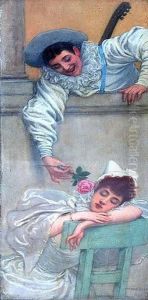Jan van Beers Paintings
Jan van Beers was a Belgian painter and illustrator, born on March 27, 1852, in Lier, Belgium. He was the son of Jan van Beers the elder, a noted poet and educator. Van Beers initially showed a great interest in poetry, similar to his father, but eventually, he shifted his focus to the visual arts. He studied at the Royal Academy of Fine Arts in Antwerp, where he was influenced by the Romantic movement and the works of the Flemish Primitives.
Van Beers was known for his genre scenes, portraits, and historical paintings. His style was characterized by a meticulous approach to detail and a flair for capturing the nuances of light and shadow. He exhibited his work widely, gaining recognition in both Europe and the United States. His portraits, in particular, were sought after by the elite of the time, and he was known for his ability to capture the personality and status of his sitters.
Throughout his career, van Beers was an innovator and embraced new ideas. He was one of the early adopters of photography as a tool for artists, using it to compose scenes and record details for his paintings. However, he was also involved in controversy when he was accused of using photographic projections to create his paintings, a claim he vehemently denied.
In addition to his painting, van Beers was also a skilled illustrator, contributing to various periodicals and books. His illustrations often reflected his elegant painting style and attention to detail.
Jan van Beers' work was part of the art collections of many notable institutions and collectors during his lifetime, and he enjoyed considerable success and fame. He continued to paint and exhibit until his later years. Van Beers passed away on November 17, 1927, in Antwerp, leaving behind a legacy as one of Belgium's distinguished artists of the late 19th and early 20th centuries.








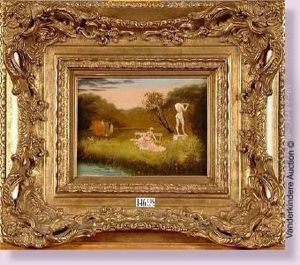
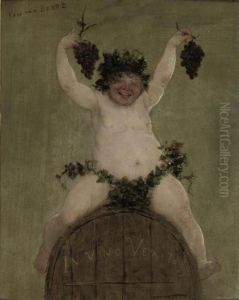


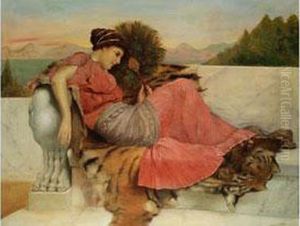



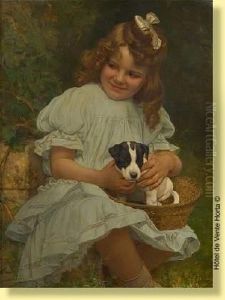





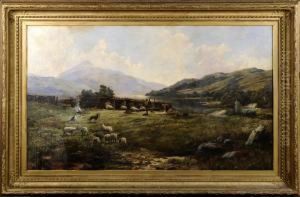

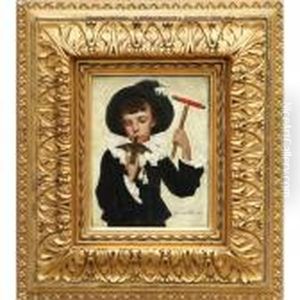
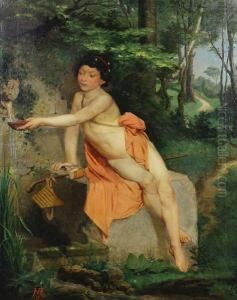

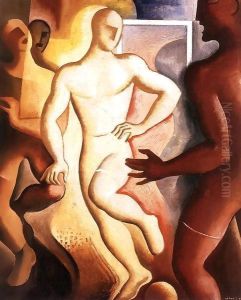










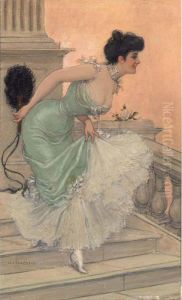


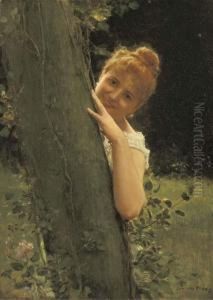


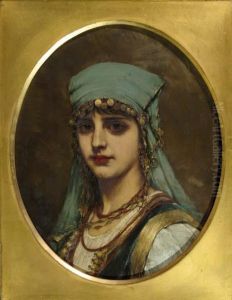






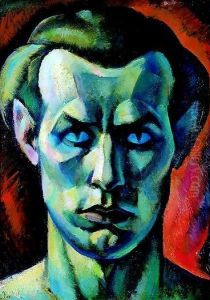






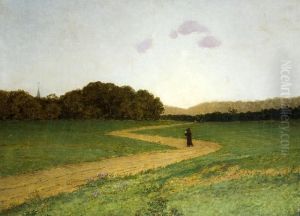



![[elegante Sur Un Canape]](https://www.niceartgallery.com/imgs/1658011/s/jan-van-beers-elegante-sur-un-canape-9fed565d.jpg)
![[le Joueur De Flute]](https://www.niceartgallery.com/imgs/1658012/s/jan-van-beers-le-joueur-de-flute-3cbbd0f4.jpg)



